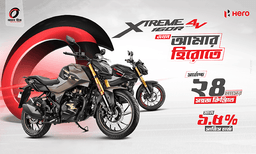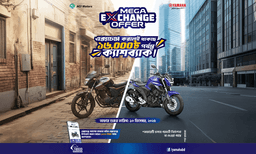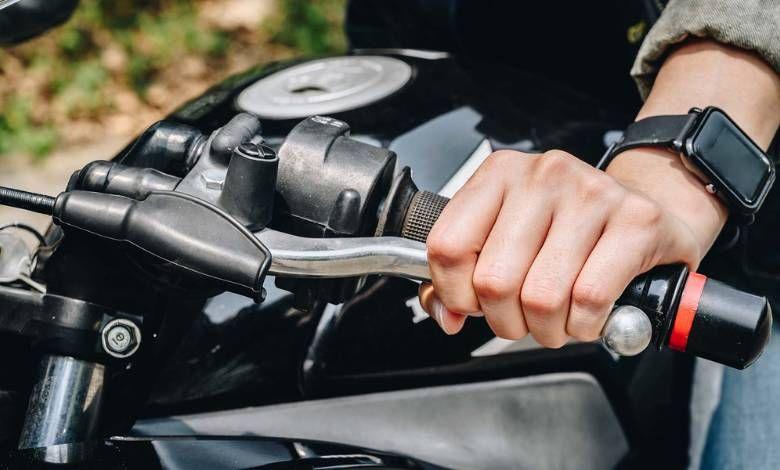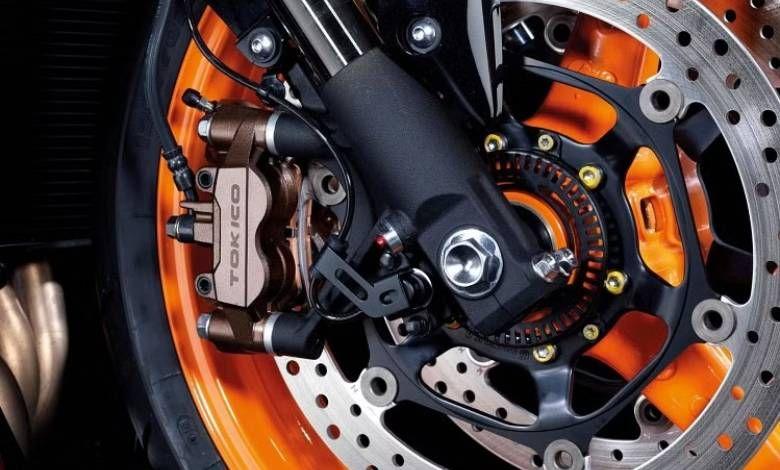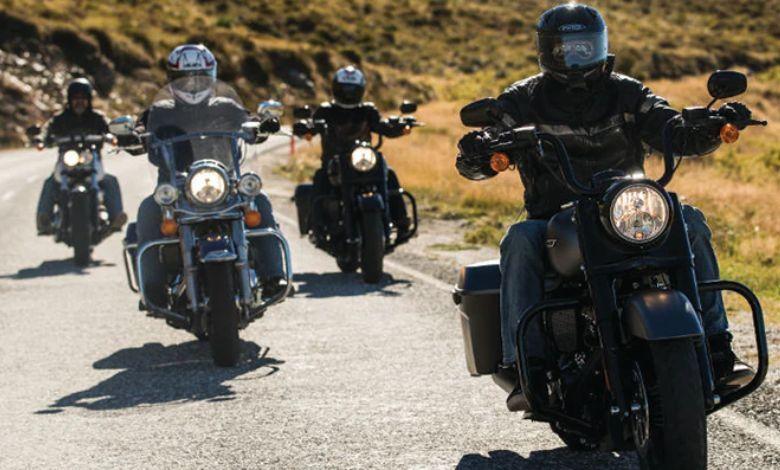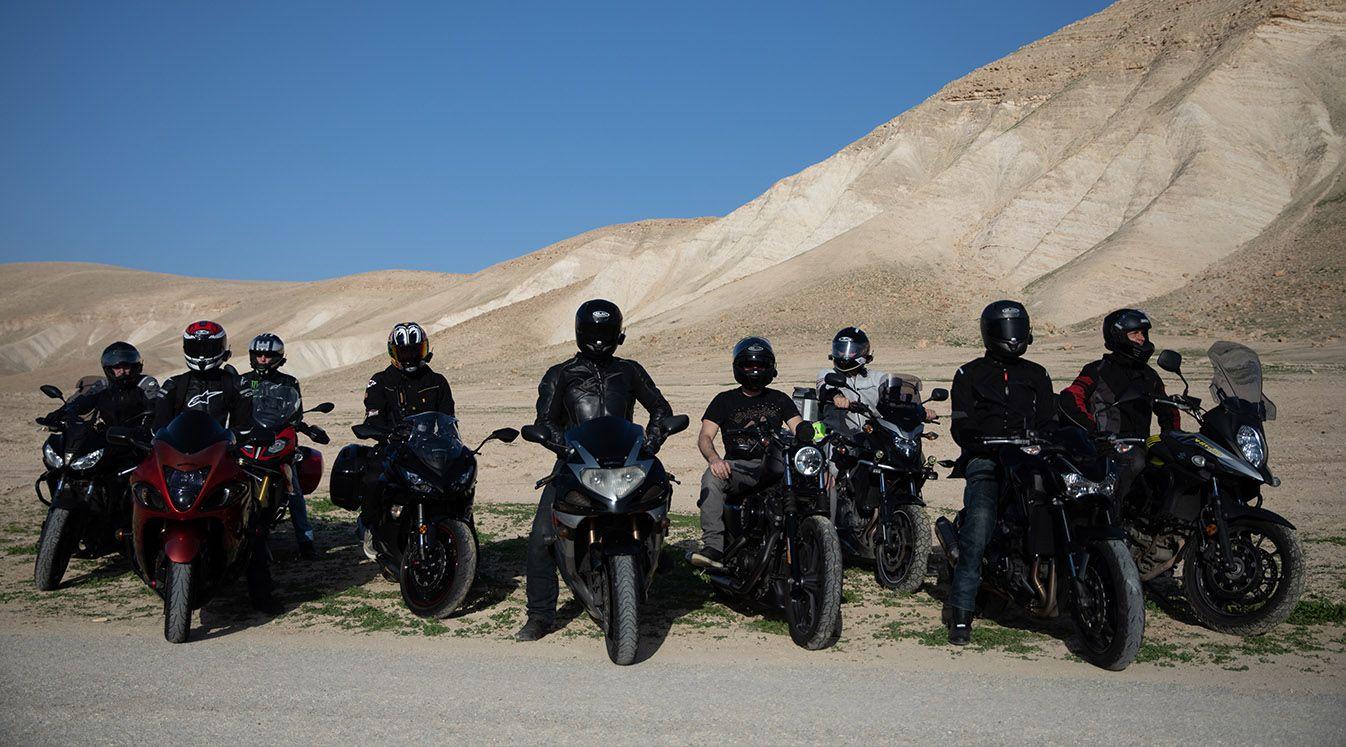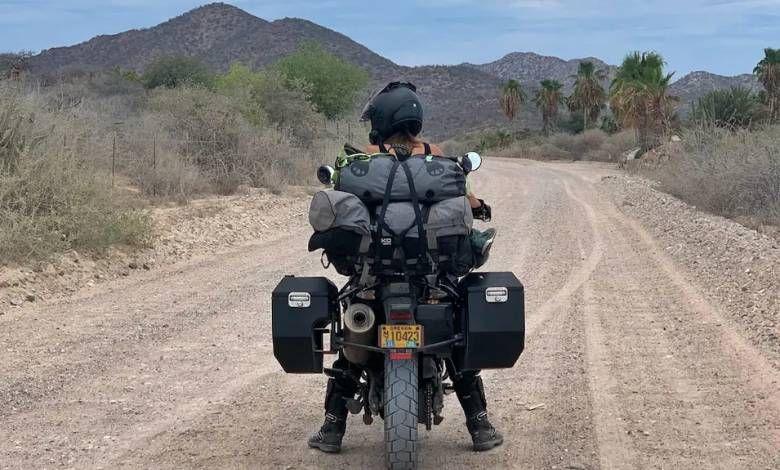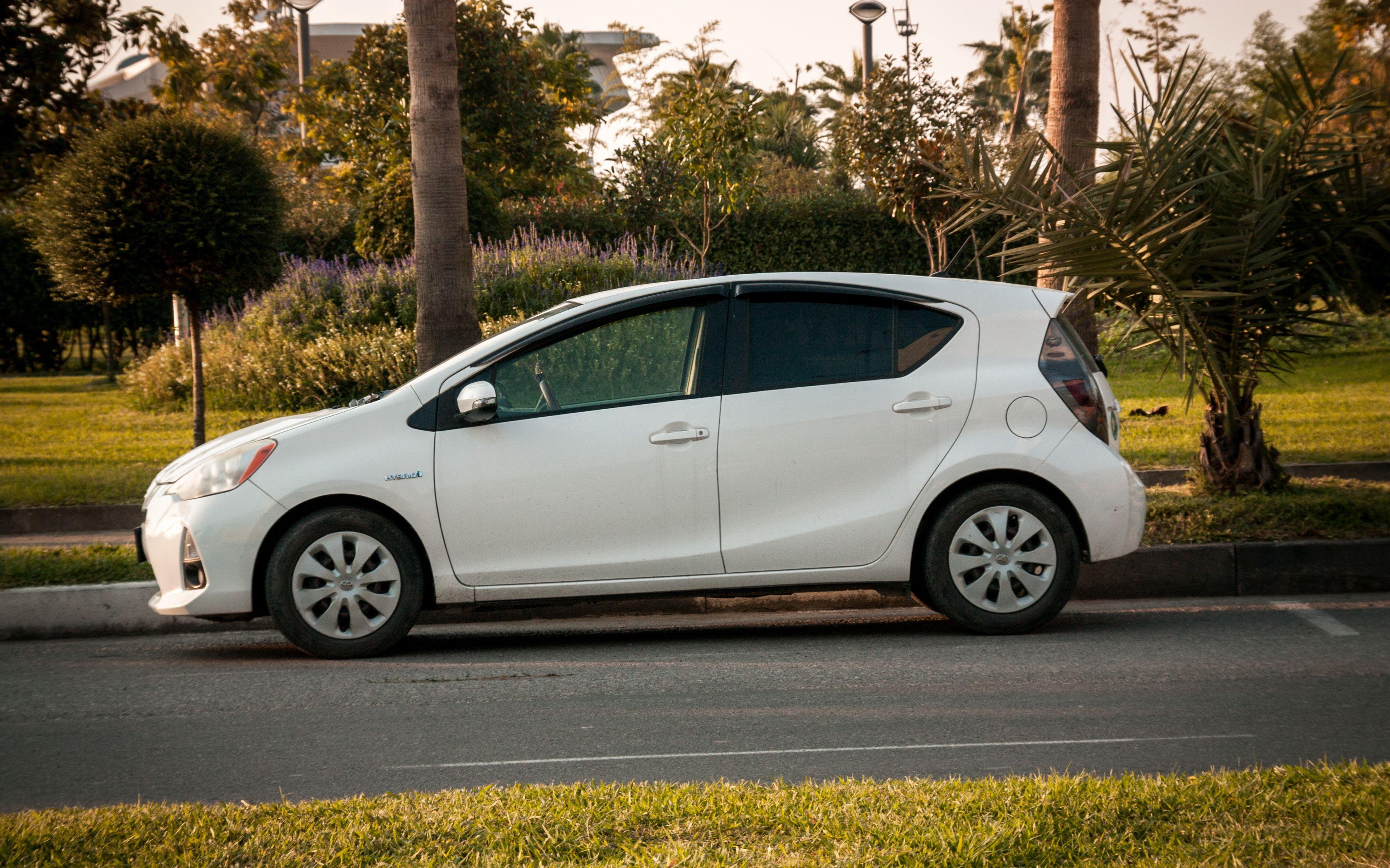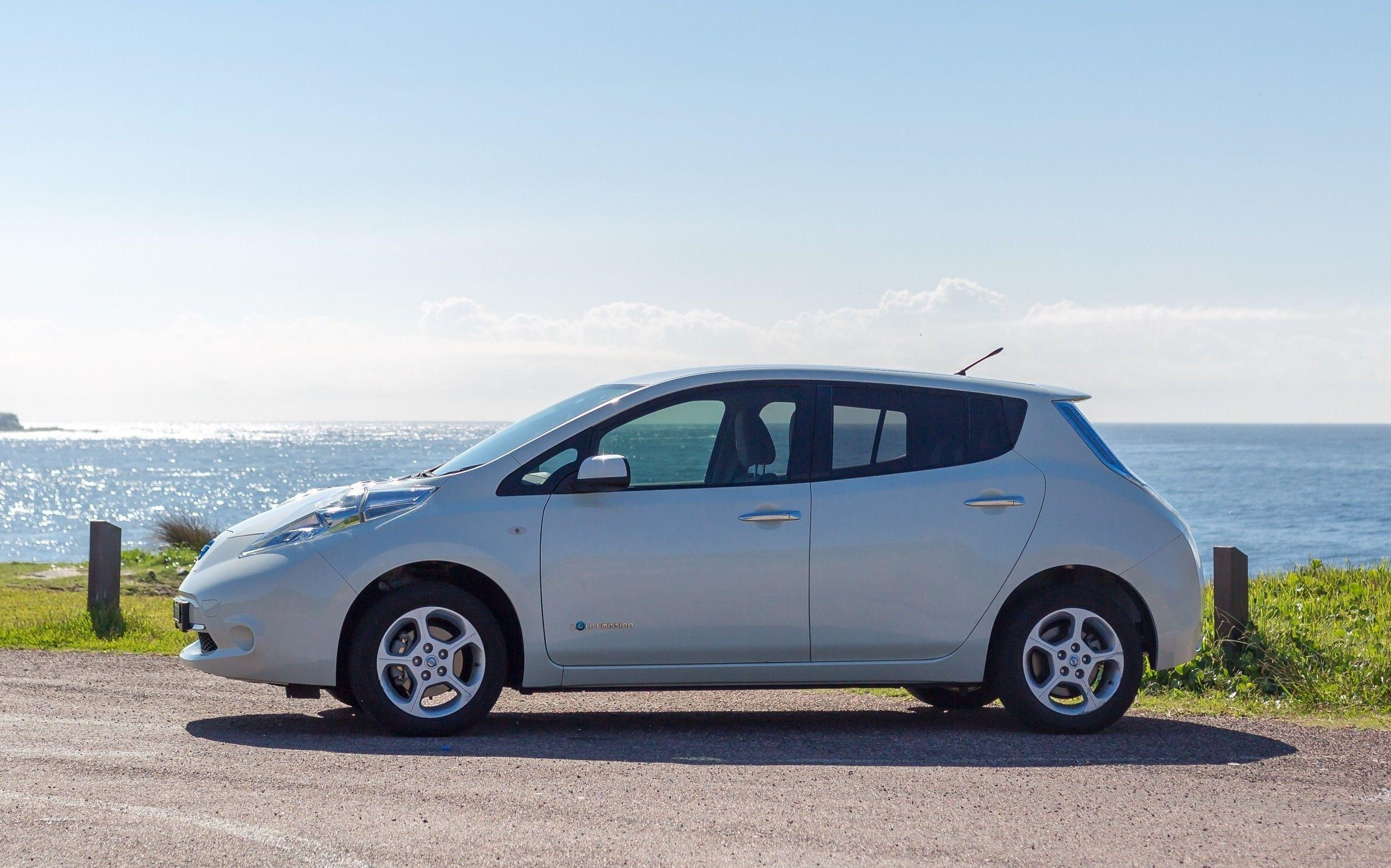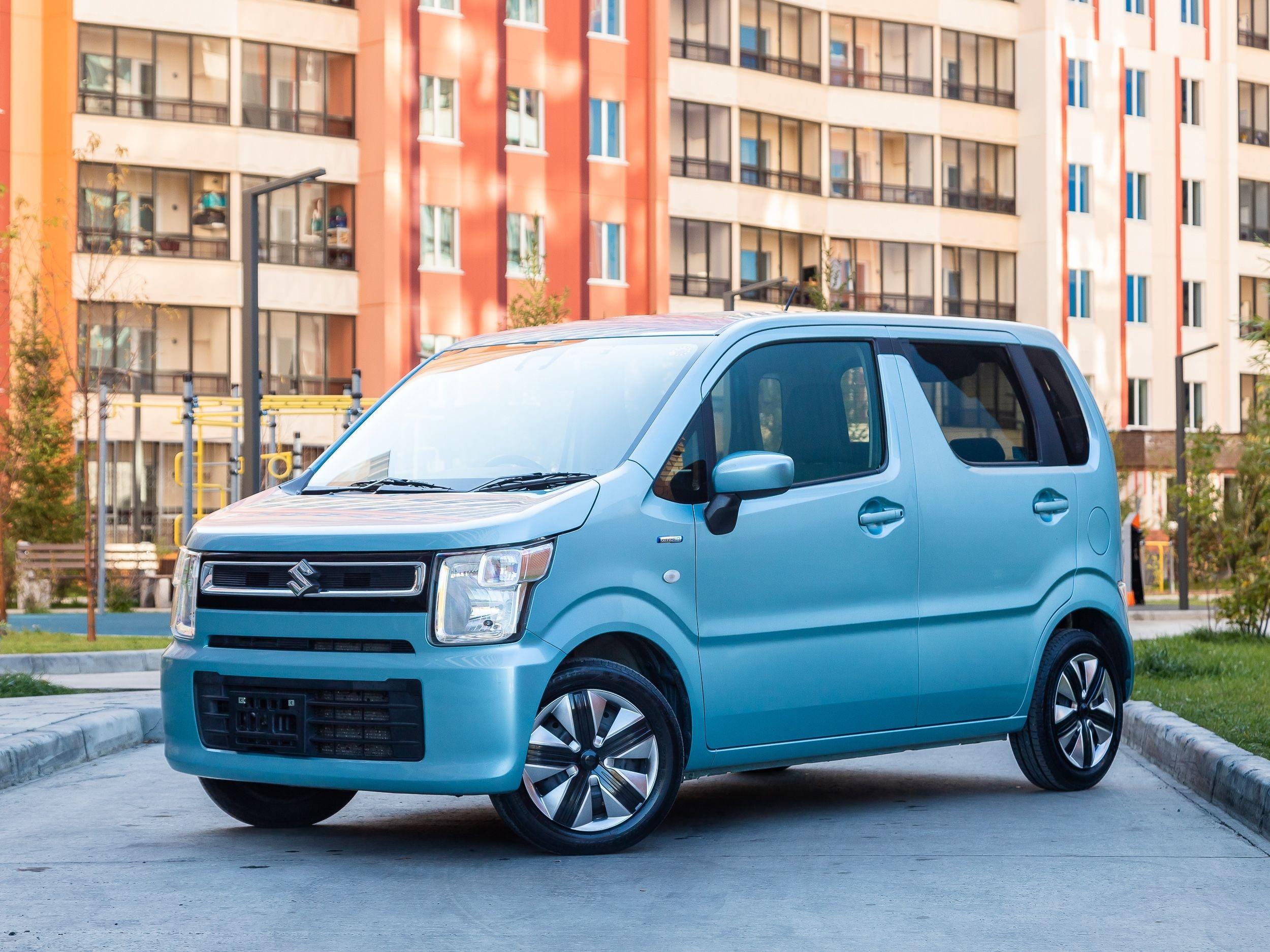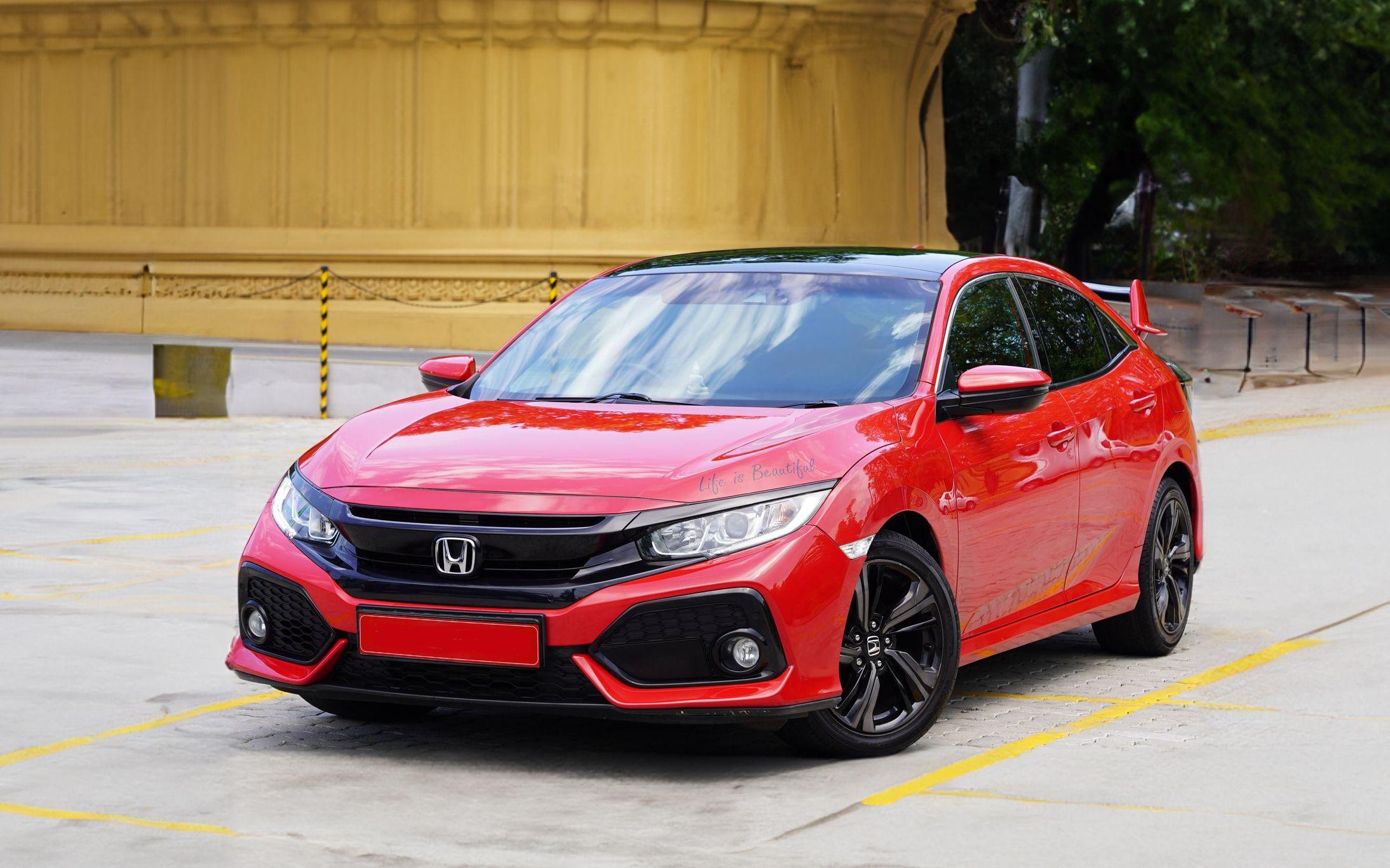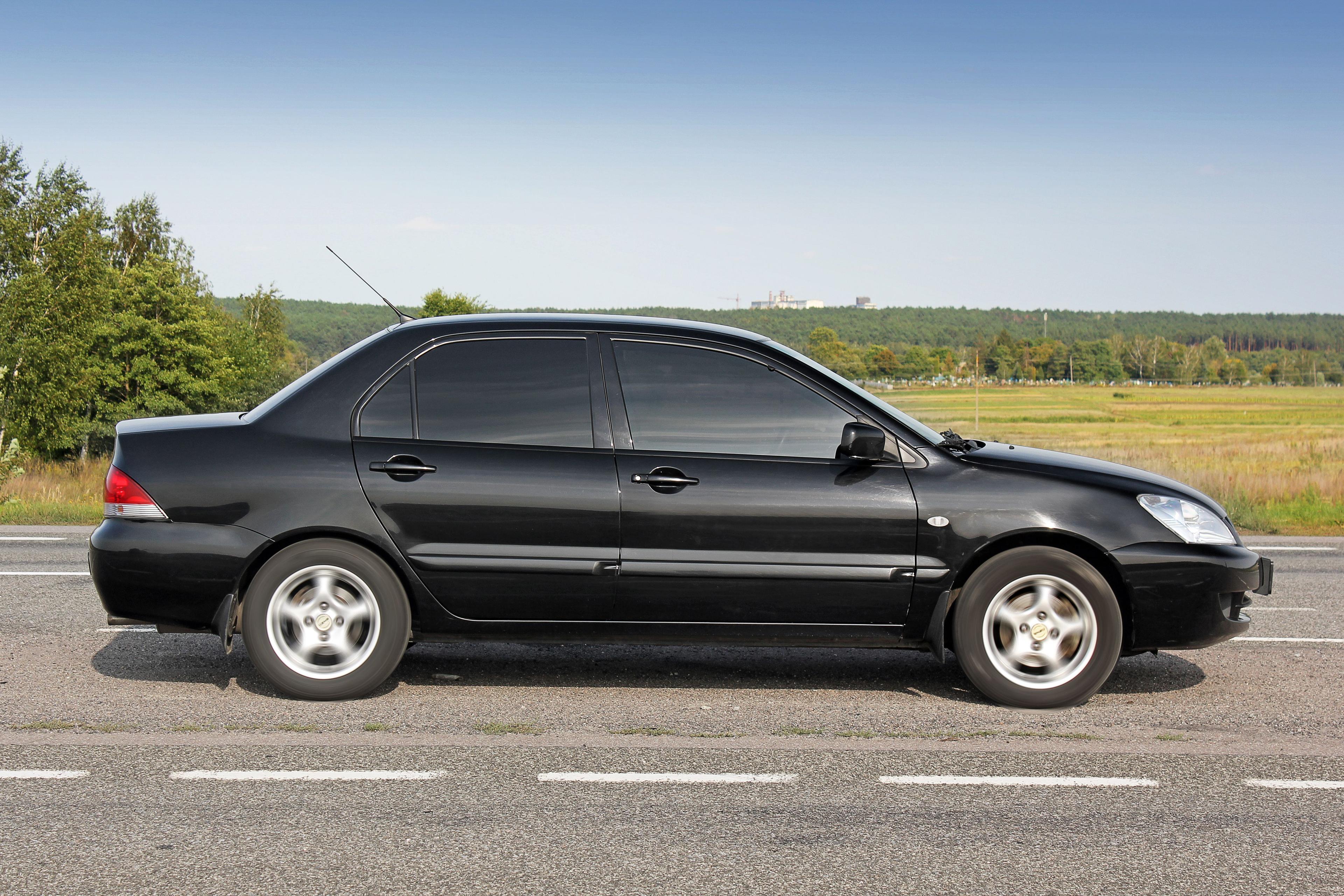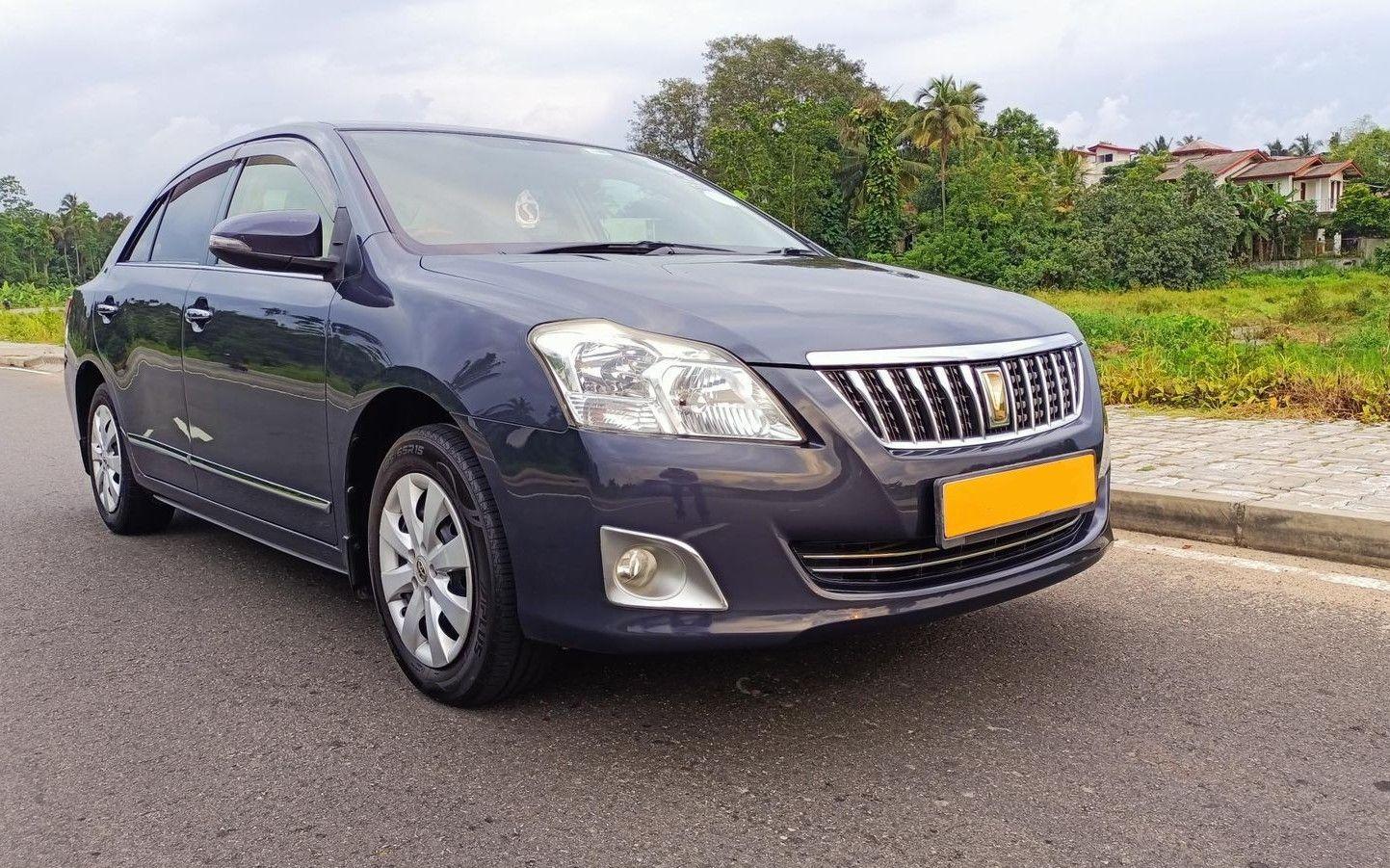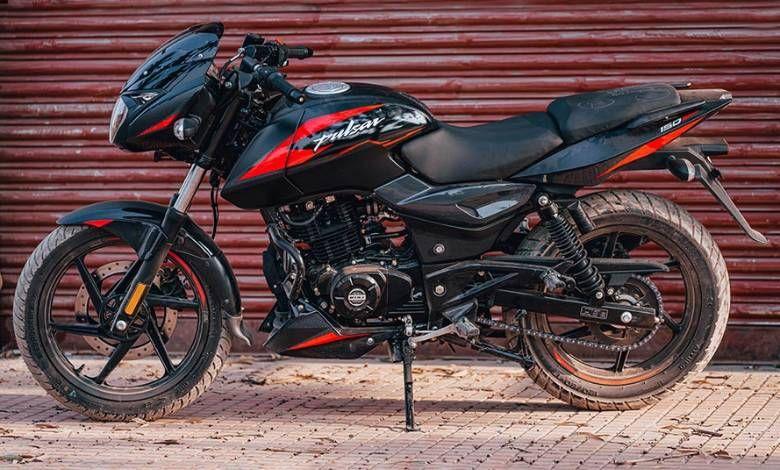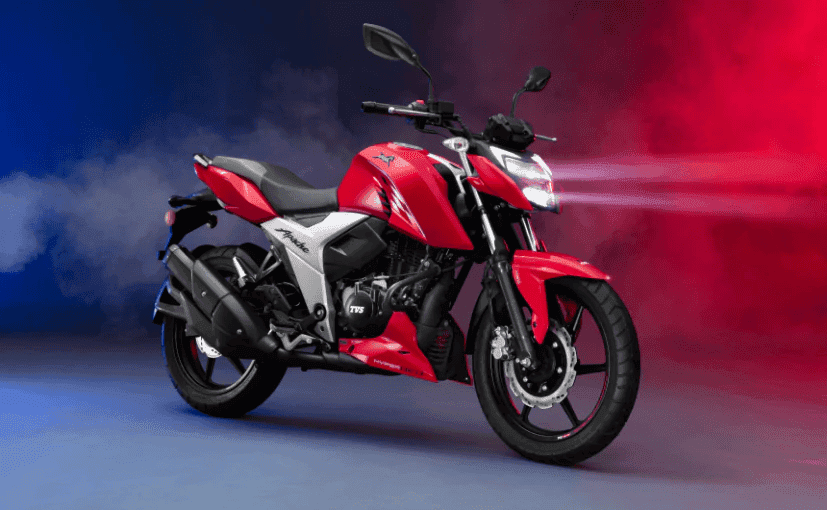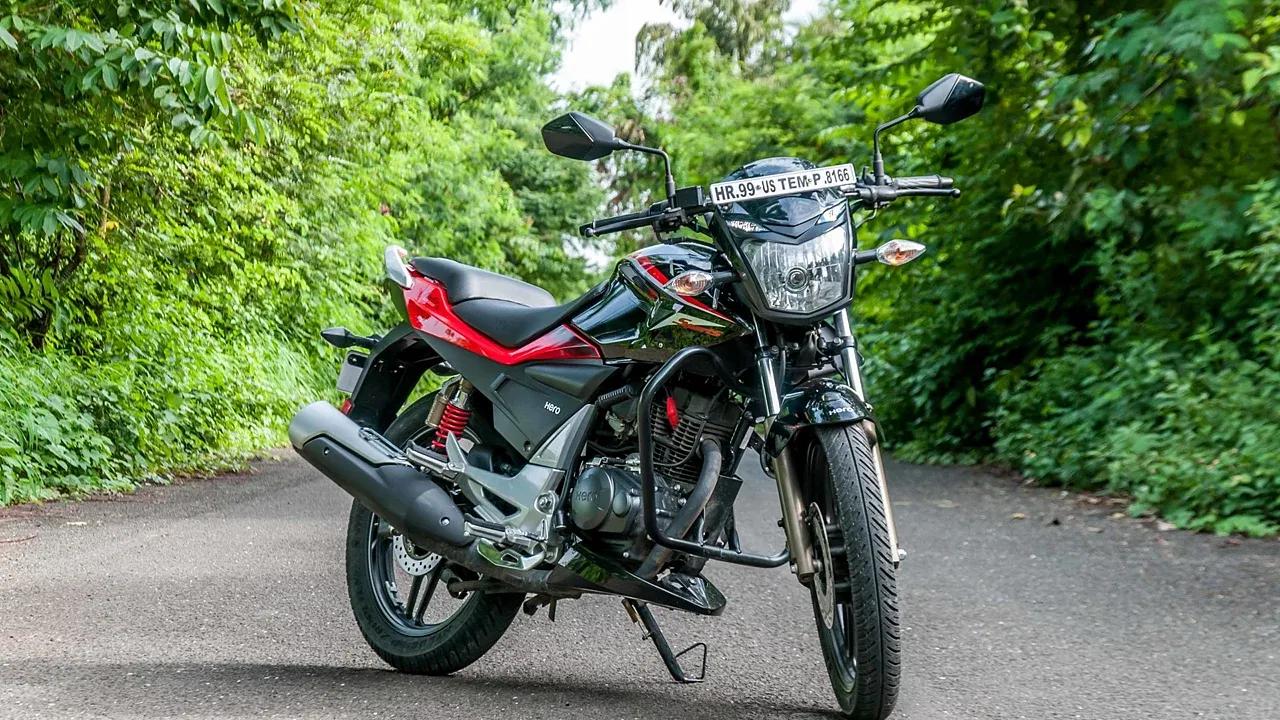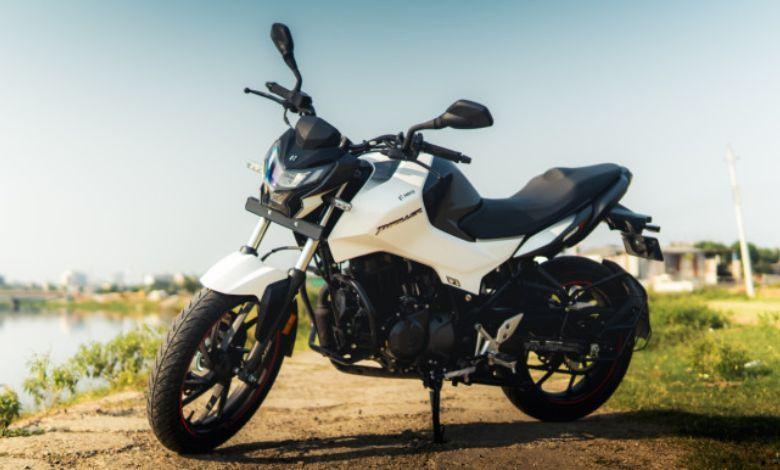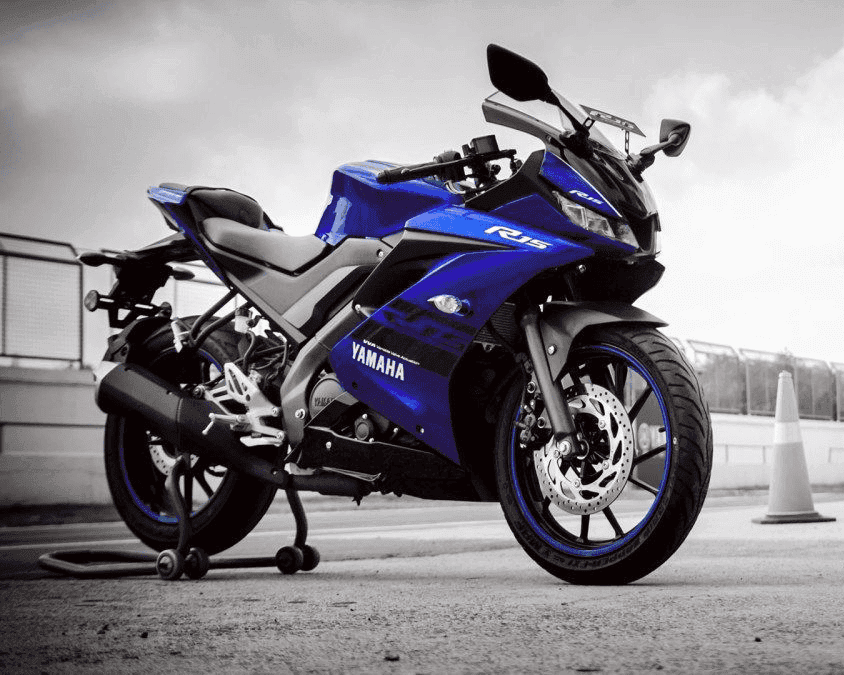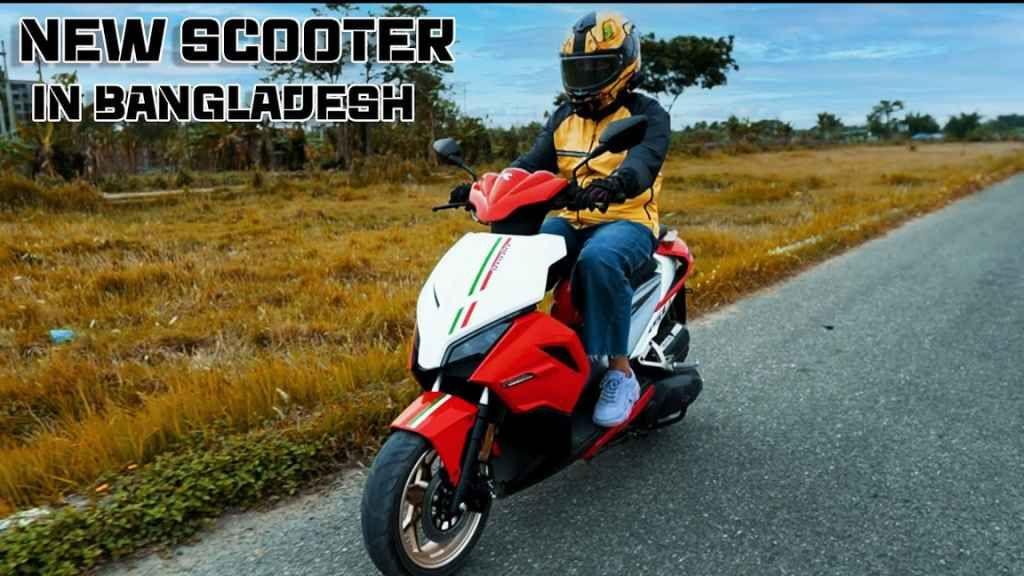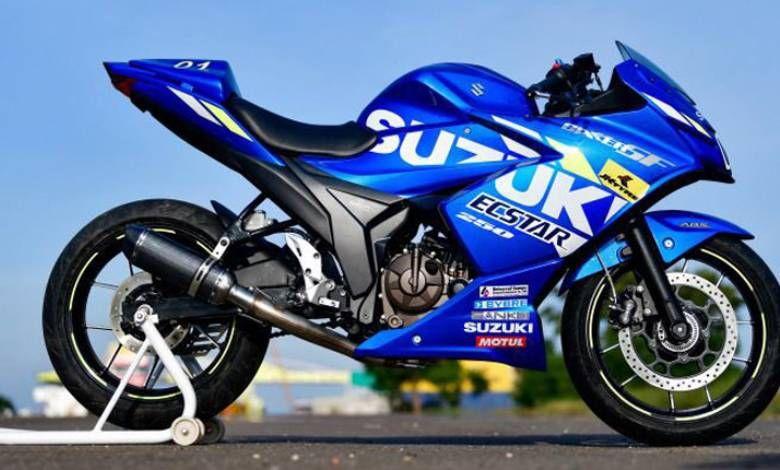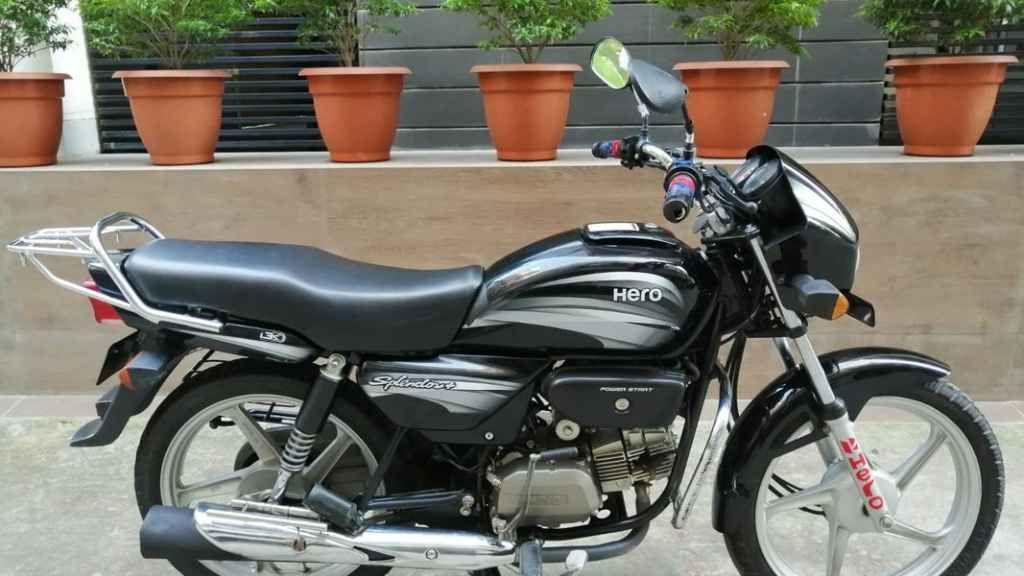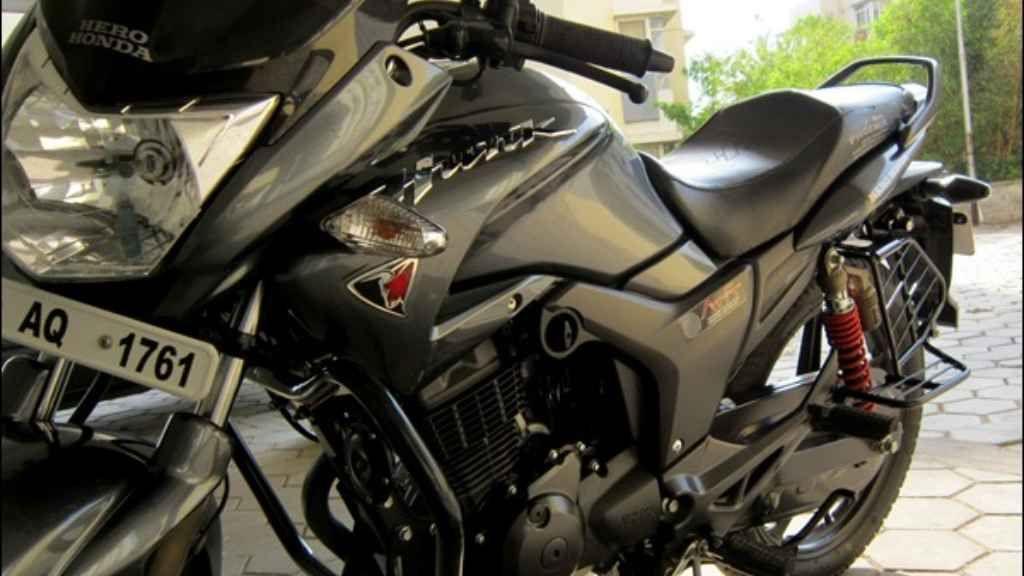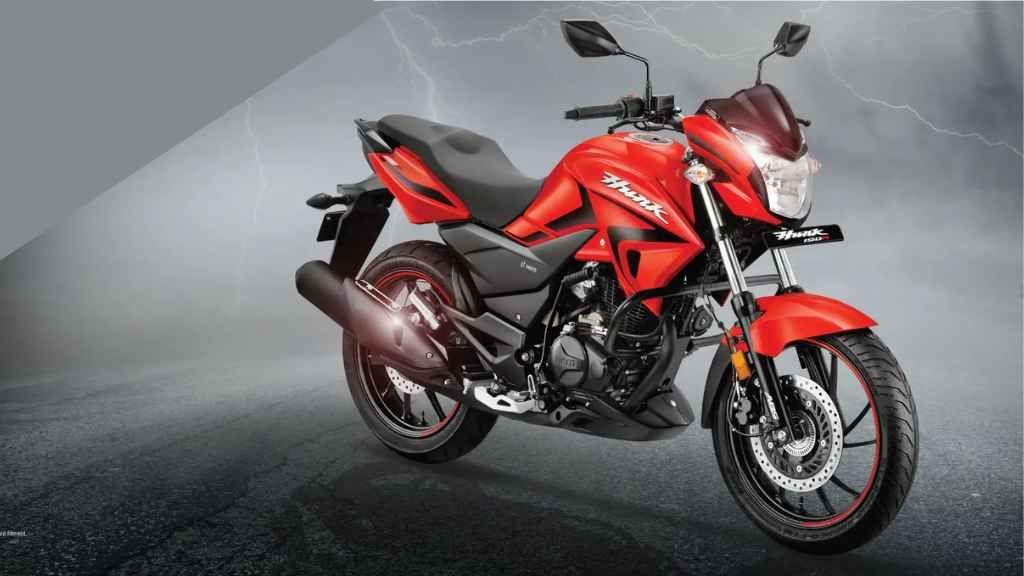Why ABS Brakes Make Motorcycles Safer
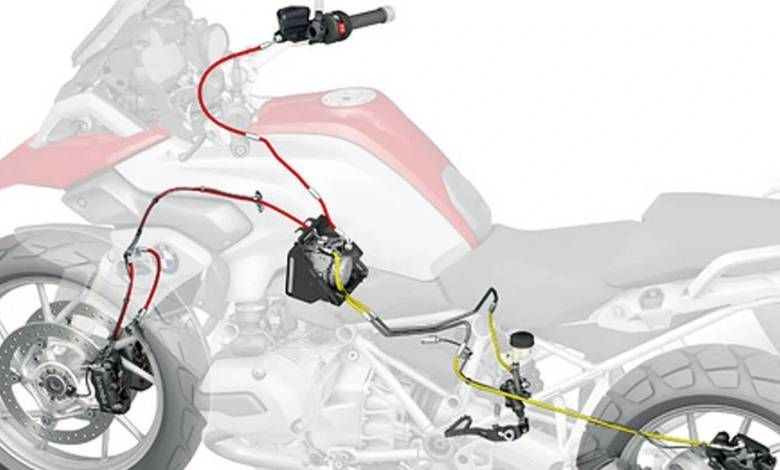
The most important part of a motorcycle is safety. And the bike's safety is related to its braking system. Sometimes, a bike needs to brake suddenly. Also, there's a possibility of the bike's wheels skidding on slippery roads. Therefore, two braking systems are now being installed on bikes: one is CBS, and the other is ABS. Today, we will learn about the ABS braking system. Anti-lock Braking System (ABS) is what prevents wheels from getting stuck or locked through anti-lock technology.
Suppose you're riding on the road, and suddenly a dog appears right in front of you. What will you do then? You'll brake hard, right? But what will happen if you do? The wheels will skid, and you'll lose balance and fall. What if the road is slippery or sandy? You'll lose control as soon as you apply the brakes. Most accidents in our country happen due to such situations. At such times, ABS can be helpful. Recently, due to the import of Aprilia 125, KTM 125, and most recently, Honda CB ex-motion, people are getting to know a bit about ABS.
So, let's learn more about the benefits of ABS.
Although ABS is new in Bangladesh, its history is quite old. Germans first invented ABS in 1928. In 1958, ABS was first installed on a Royal Enfield motorcycle. In our country's cars, ABS has been used since 1995-97. Almost all current cars have ABS. A bike's ABS is primarily made up of three parts. The first is the speed sensor, the second is the valve, and then there's the pump.
When brakes are applied to a bike, the speed sensor calculates the wheel's speed. When it detects that the wheel's speed is decreasing abnormally and is about to lock up, it partially closes the valve. This allows a small amount of brake fluid to enter the main brake cylinder, controlling excessive brake force. When the brake force decreases, the valve reopens, and when it increases, the valve partially closes again. In this way, ABS controls wheel lock-up and skidding by adjusting to the hydraulic brake force and wheel rotation. When the brakes are released, the valve closes, and the pump restores pressure to the hydraulic braking system.
Since a bike runs on two wheels, if one wheel locks up, it easily loses its center of gravity due to momentum. Especially if there's no pillion rider, braking hard at such a time can lock the rear wheel, causing the bike to jerk and twist. This is because less friction acts on the rear wheel than on the front wheel when braking.
This will happen, no matter how good a rider you are. Now, let's take a look at the other life-saving benefits of ABS:
- 1. Even while braking hard, you can steer the bike to avoid obstacles. Without ABS, attempting this would cause you to be thrown off the bike.
- 2. No matter the road condition; wet from rain, sandy, oily, muddy, or gravelly, you won't have to worry about braking and skidding.
- 3. You won't need to ruin the clutch plates by using engine braking.
- 4. ABS is very effective on hilly roads during rainy days.
- 5. On winding roads, bikes need to be leaned. Applying hard brakes at such times is very risky because there's a high chance of the wheel locking up. ABS will prevent that.
- 6. On long drives, your mental effort will be halved.
By using ABS on bikes, the accident rate can be reduced by 90 percent.


